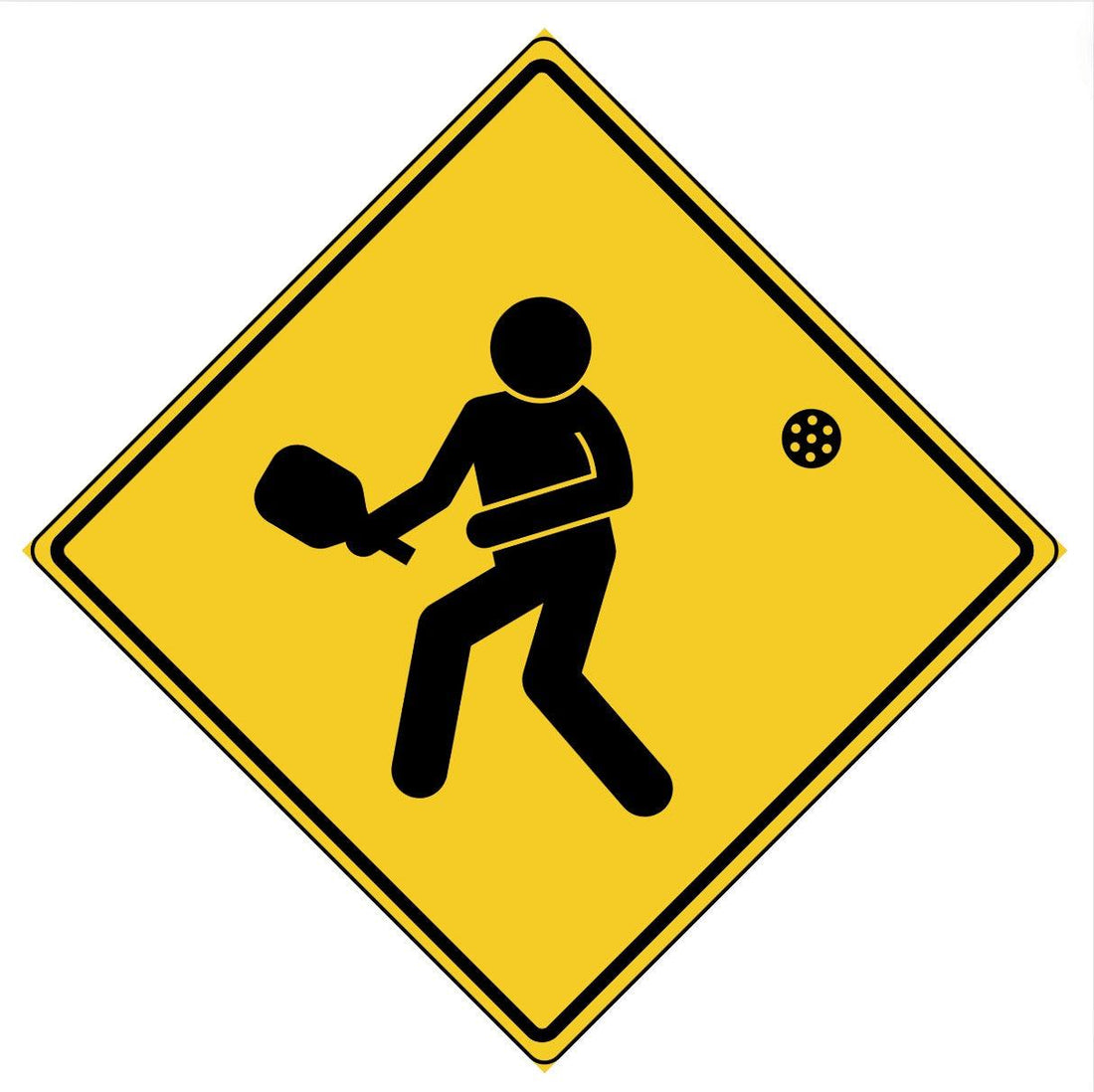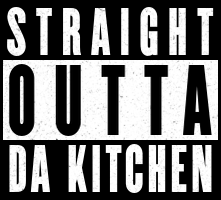
A Guide to Pickleball Paddles: Materials, Skill Levels, and Construction
Share
Whether you're new to pickleball or a seasoned player, choosing the right paddle can significantly impact your game. Paddle materials, construction, and overall cost all play crucial roles in determining how well the paddle suits your playing style and skill level. In this guide, we’ll break down the most common types of pickleball paddles, their materials, and which ones are best suited for players at different stages.
1. Pickleball Paddle Materials
Pickleball paddles are typically made from three main types of materials: wood, composite, and graphite. Each offers unique characteristics that influence both performance and price.
Wood Paddles
Characteristics: Wood pickleball paddles are the most affordable option but also the heaviest. They provide less control and finesse compared to other materials but are highly durable and can withstand rough play.
Best for: Beginners or recreational players who are just starting out and want an inexpensive paddle for casual play.
Weight Range: 8-12 oz.
Playing Style: Heavy paddles offer power but may fatigue players over long games due to their weight.
Composite Paddles
Characteristics: Composite pickleball paddles are a step up in quality, offering a blend of power and control. The core of composite paddles is usually made from polymer, aluminum, or Nomex (a type of aramid fiber), with a fiberglass or carbon fiber surface. Composite paddles tend to provide good ball control and a balance between power and touch.
Best for: Intermediate players who want more control without sacrificing too much power.
Weight Range: 7-9 oz.
Playing Style: These paddles offer better control and spin, making them ideal for players who rely on placement and strategy.
Graphite Paddles
Characteristics: Graphite pickleball paddles are known for their lightweight feel and exceptional control. The graphite face allows for precision play, while the core (often polymer or Nomex) offers a good combination of power and touch. These paddles are the lightest and are often used by advanced players who value quick reactions and ball control over raw power.
Best for: Advanced players who prioritize control, finesse, and quick response.
Weight Range: 6-8 oz.
Playing Style: Graphite paddles are perfect for players who excel at strategic shot placement and fast exchanges.
2. Paddle Construction and Performance
Understanding paddle construction is key to knowing how it affects performance and cost. There are three main components to a pickleball paddle: the core, the surface, and the edge guard.
Core Materials
Polymer Core: This is the most common core type found in modern paddles. Polymer cores are known for their quiet play and soft feel, making them ideal for control-focused players. They tend to be slightly heavier than other cores, but they offer a soft touch, great durability, and are USAPA-approved for noise-restricted communities.
Aluminum Core: Lightweight and durable, aluminum cores provide excellent touch and control but may lack power. They are ideal for players who prefer soft shots and dinking strategies.
Nomex Core: One of the hardest and most durable core types, Nomex offers the most power but is also the loudest. Players who want quick volleys and aggressive hits may prefer this core, though it may not be suitable for noise-sensitive areas.
Surface Materials
Fiberglass Face: Common on composite paddles, fiberglass surfaces provide more flexibility, allowing for increased power when hitting the ball. They are slightly heavier than graphite but are still popular for their power and balance.
Graphite Face: Graphite surfaces are ultra-lightweight and offer excellent control. Players who prefer touch over power often choose graphite paddles. The surface is strong but allows for precision-based play.
Edge Guard
The edge guard protects the paddle from chipping and wear and tear. Some paddles feature edge guard technology designed to maintain the integrity of the paddle’s performance without adding too much weight.
3. Paddle Cost vs. Performance
Pickleball paddles range in price from $20 for basic wooden paddles to over $150 for high-end graphite paddles. Here’s how cost correlates with performance:
Budget-Friendly Paddles ($20-$50): Typically made from wood or low-end composites, these paddles are ideal for beginners or casual players. They are durable but heavier, which may limit performance for more advanced players.
Mid-Range Paddles ($50-$100): Most composite paddles fall into this price range, offering a good mix of power and control. Players who are improving their skills and playing more regularly should look at this category for better performance without breaking the bank.
Premium Paddles ($100-$150+): Graphite paddles dominate the high-end market. They are designed for players who demand precision, lightweight handling, and enhanced control. These paddles often incorporate advanced technologies like vibration dampening and optimized weight distribution.
4. Which Paddle is Right for Your Skill Level?
Beginners: Wooden paddles are inexpensive and durable, making them a great choice for beginners who are still learning the game. However, upgrading to a basic composite paddle will provide better control and a more enjoyable experience as you progress.
Intermediate Players: Composite paddles with polymer or aluminum cores offer a good mix of power and control, making them ideal for intermediate players refining their skills.
Advanced Players: Graphite paddles with polymer or Nomex cores are perfect for advanced players who need lightweight paddles for quick reactions and excellent touch for precision shots.
Conclusion
Selecting the right pickleball paddle depends on your skill level, playing style, and budget. Beginners should opt for cost-effective options like wood or composite paddles, while intermediate and advanced players should consider investing in composite or graphite paddles that offer better control, power, and lightweight handling. Paddle construction—core type, surface material, and edge guard—also plays a key role in how well a paddle performs. Consider your playing style and goals to find the perfect paddle that will enhance your pickleball game.
